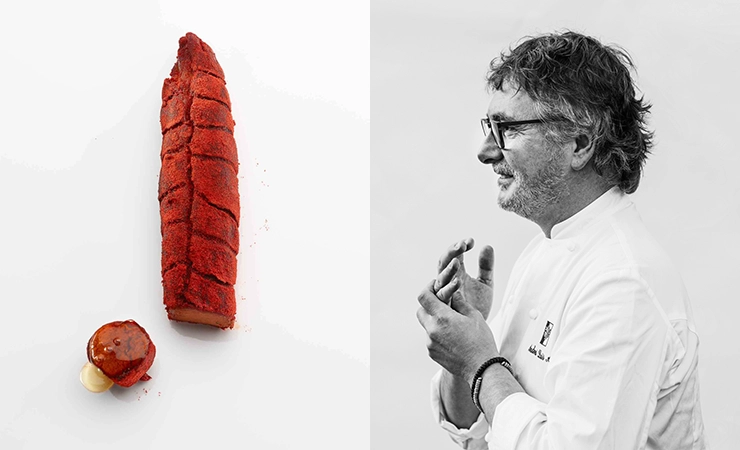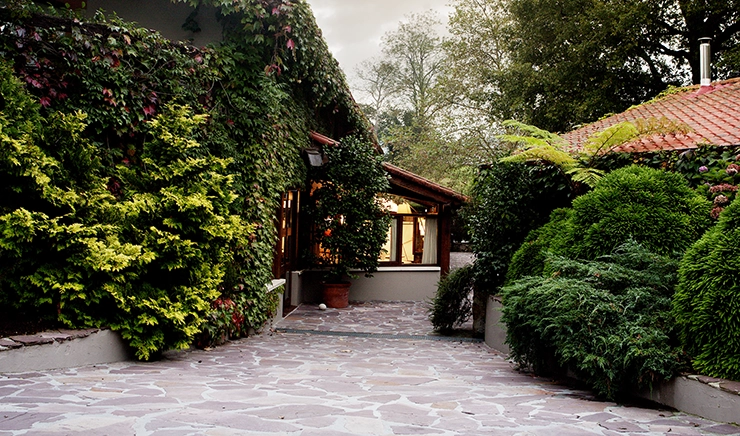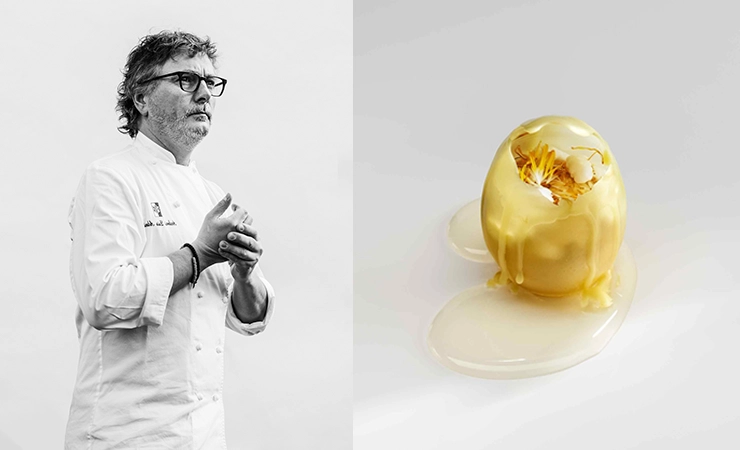Andoni Luis Aduriz

Our interview with Andoni Luis Aduriz, an incredibly talented basque chef, known for his innovative approach to creating unique culinary dishes, and an owner of the two Michelin stars restaurant “Mugaritz” in Northern Spain.
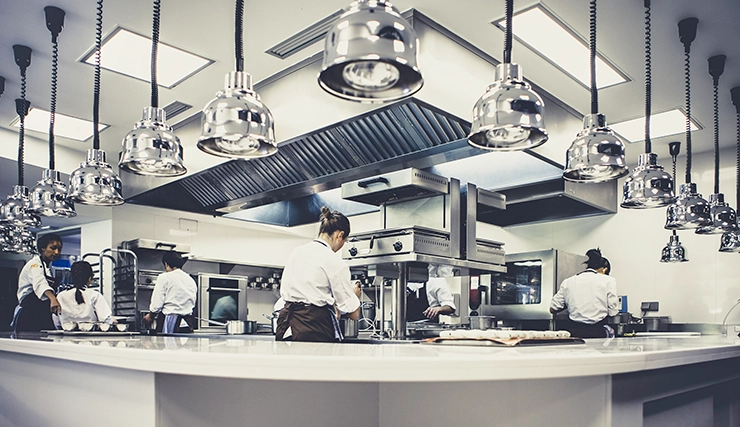
The Fashiongton Post: Any dish from your childhood that continues to inspire your cooking today?
Andoni Luis Aduriz: Rather than a specific dish, I have memories. I have the memory of always playing at the kitchen table. I always remember my mother with her back to me, cooking, and the smell of food in the room. And this is very curious because I’ve probably adapted many of my memories, for example, I remember that the radio was always on and I remember always listening to cooking programs, there was one a week, but I have that frame engraved in my memory.
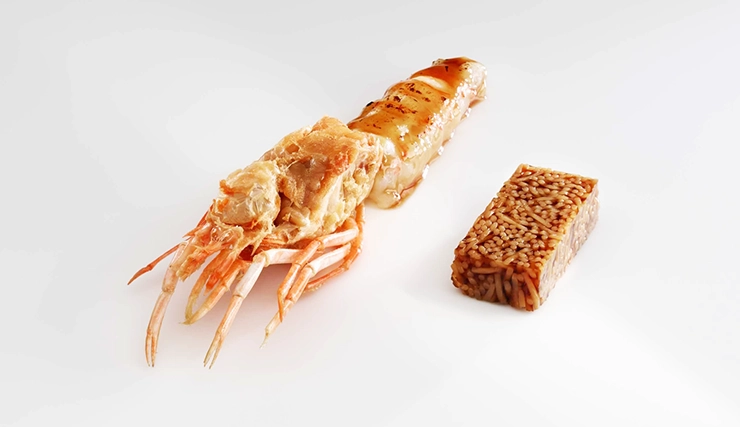
F.P.: What’s the most surprising or unexpected ingredient you’ve ever successfully incorporated into a dish?
A.L.: In “Mugaritz”, we work very close to science, and we have taken part in many projects related to that field. One of those projects materialized in the creation of a special dish. For that purpose we involved Ben Houge (Professor at Berkeley College of Music in Boston) and Jutta Friedrichs, is an artist and German designer who lives in Boston; (she leads the project Soofa/Changing Environments, Inc, (a company that starts at MIT) and works also as a mentor in the Harvard Innovation Lab. Together with this great team we created a musical bite that was interconnected among all the diners in the dining room.
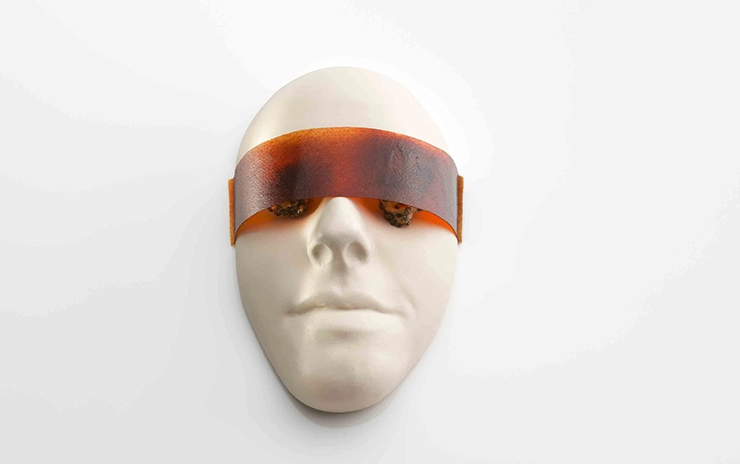
F.P.: How do you strike a balance between creating visually stunning dishes and ensuring they taste just as incredible?
A.L.: Taste is a sense that is amplified if the rest is used within an experience. We are committed to giving textures the same prominence as taste, to seeking to enhance touch by eating with the hands or with the body, to playing with time as another ingredient, with stories. In the end, the tongue begins in the brain, and broadening the sense of taste with the other senses is a way of broadening the gastronomic experience and its narrative.
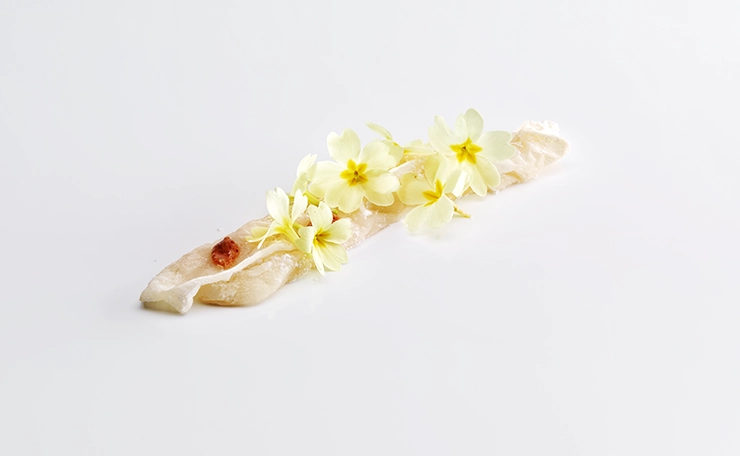
F.P.: Can you describe a dish that you initially doubted would work but turned out to be a surprising hit?
A.L.: Since we came across Penicillium nalgiovense in 2016, we have constantly been working with this ingredient in the R+D kitchen. It is a microorganism which grows on animal proteins and it creates the white mold that appears on certain cold cuts (fuet, salami, longaniza, bresaola etc.). The controlled production on different surfaces not only tickled our curiosity, but we also found intriguing textures which opened different paths in the palate.
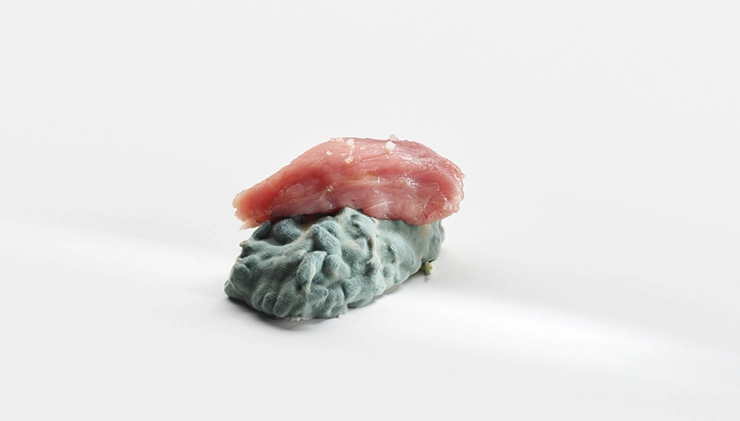
F.P.: What’s the most unusual cooking technique or equipment you’ve experimented with?
A.L.: Our kitchen has a very characteristic element during the creative period which is a sketch wall. Our entire creative process begins with a first gesture. A sketch. A first sketch drawn freehand on a piece of paper that helps us to outline the references on which we will concentrate our efforts. The sobriety of our kitchen is broken in winter with a burst of color: we paste the illustrations prepared by Javi Vergara (from the R&D team) on a kind of mural on which we put the concepts that we will be breaking down, as well as the elements that we assume will be necessary to provide the kitchen with the necessary elements. that we assume will be necessary to bring them to life: products, techniques, tableware, intentions, sequences, metaphors, moods.
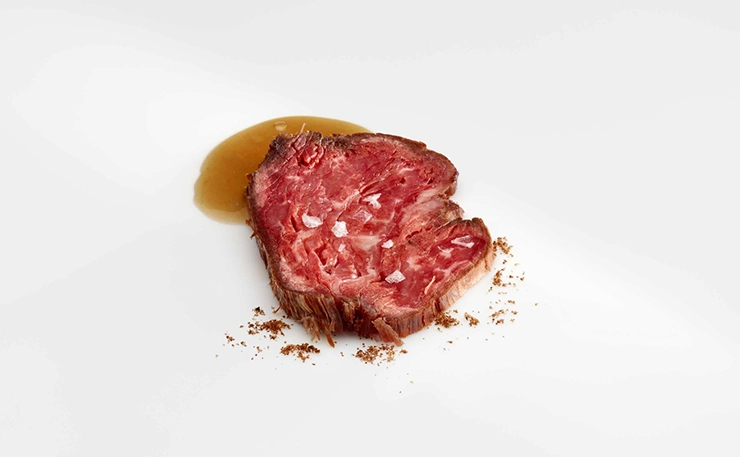
F.P.: Should a successful chef and haute cuisine restaurant owner be more a storyteller than the cook or vice versa?
A.L.: I believe that a proposal such as the one at “Mugaritz”, which is so committed to creativity, needs a story, it needs an explanation and contextualization of what it hides behind it.
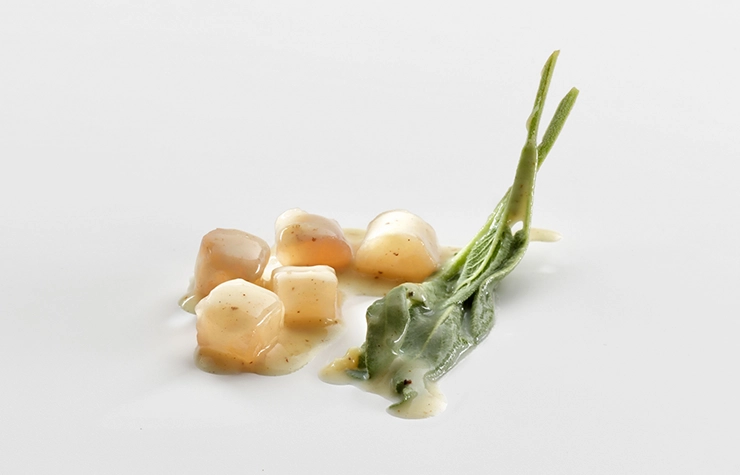
F.P.: Any memorable travel experience which later transformed onto the plate?
A.L.: Well, we have recently been to Japan and it is always inspiring, we travel often and it has always inspired us. This year in fact in the new proposal we have made a nod to the Japanese Kintsugi, pieces made from a centuries-old technique with which broken ceramics are repaired with metallic powders of gold, silver or platinum, in an attempt to re-signify objects that far from being damaged, intentionally exhibit their scars as part of their identity and value. This is a bowl made from frozen green tea leaves, which serves as a container for serving a kind of dashi broth. The bowl, because it is made of leaves, adds nuances to the broth and vice versa.
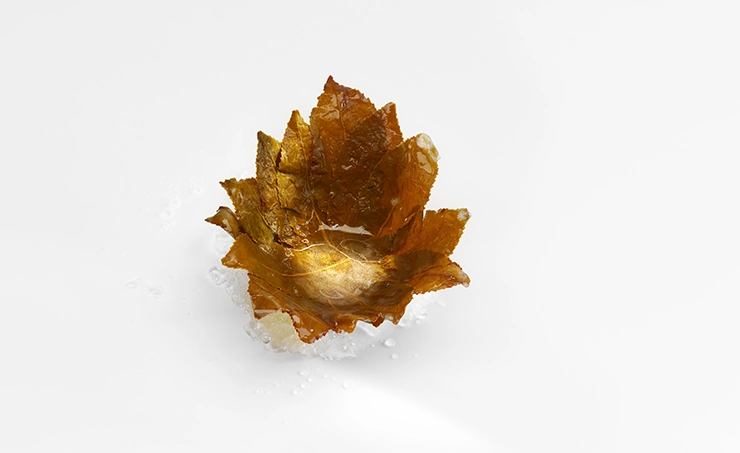
F.P.: What’s one misconception about Michelin-starred dining that you’d like to dispel?
A.L.: I think the misunderstanding often comes from assuming that all restaurants that fall into that category or label share similar values or attributes. And the reality is that they don’t. “Mugaritz”, for example, is different from all those common characteristics of a restaurant. Mugaritz is a project that tries to push the horizon a little further every day, especially in the world of certainties such as gastronomy.
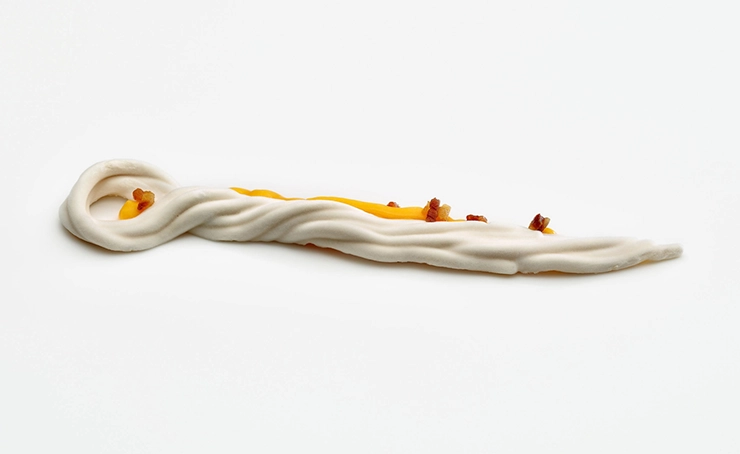
F.P.: Your piece of advice to young chefs and culinary or fashion inspired readers of The Fashiongton Post?
A.L.: We have written a sentence in one of the walls of our kitchen that says: “The possible of the impossible is measured by the will of the human being”. It is in a place where everybody, no matter in which corner of the kitchen they are, can read it and have it in mind while they are working. I think that it is one of the best pieces of advice that I can give to the young chefs that dream to become great chefs and want to draw their own path in the field of gastronomy. Everything is about the determination you have to achieve your goals. In addition to this I would say that it is very important to be surrounded by creative, excited and determined people, because you will end up being creative, excited and determined as well. If you are in a sad environment, you will become a sad person.
